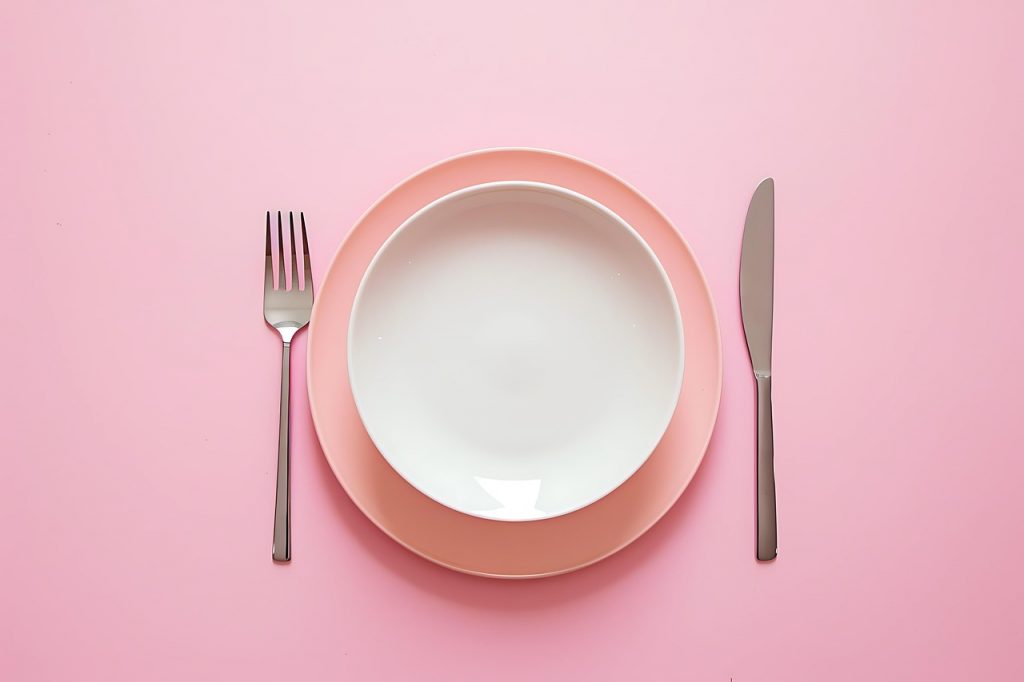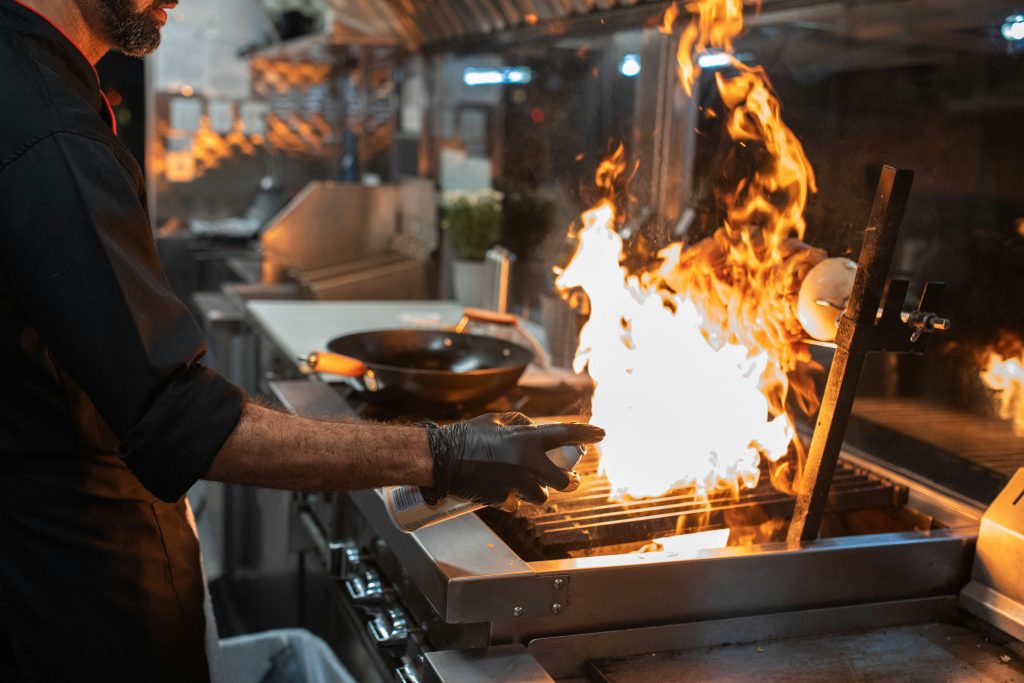Step into the wonderful world of food presentation and plating, where culinary artistry meets visual delight. Beyond the delicious flavors, how a dish looks can make the dining experience even more special.
Today, we’ll share some tips and tricks that top chefs use to create beautiful plates that not only taste great but also look stunning.
- Keep It Simple: Less is More
Embrace simplicity. Avoid overcrowding the plate with too many things that might confuse the diner. Let the main dish shine and add small touches of garnish and color to enhance the overall presentation.
- Play with Colors and Textures
Colors and textures can make a dish more appealing. Create contrasts by combining bright ingredients with neutral ones. Add different textures, like crispy and creamy, to make the dish more interesting.
Serving Malaysian Rendang alongside a vibrant turmeric-infused yellow rice and a refreshing side of cucumber and pineapple salad. The striking contrast of colors and textures ignites a sensory explosion.
- Mindful Portioning: Balance is Key
Proper portioning makes a dish look balanced and attractive. Be thoughtful about the sizes of each element on the plate. Arrange them in a way that makes the dish look inviting and harmonious.
Picture a delectable Indonesian Sate platter, showcasing succulent skewers of grilled meat accompanied by a medley of pickled vegetables and a generous drizzle of peanut sauce.
- The Rule of Thirds: Creating Balance
Use the rule of thirds, a classic artistic guideline. Imagine the plate divided into three sections and place the main components accordingly. This technique adds movement and interest to the dish.
Take a popular Malaysian dessert, for instance, the colorful and refreshing ABC (Ais Batu Campur). Using the rule of thirds, you artfully layer shaved ice, red rose syrup, sweet corn, and jelly, creating a visually captivating treat. The deliberate placement of ingredients not only pleases the eye but also adds to the delightful medley of tastes and textures that await the eager diner.
- Temperature and Timing: Serve It Fresh
Consider the temperature and timing when plating. Serve hot items while they’re still fresh and maintain the temperature contrast between hot and cold elements. A well-timed plate ensures that the flavors are at their best, captivating the diner’s senses.
- Edible Garnishes: Beauty and Flavor
Garnishes should not only look good but also be edible and go well with the dish. Fresh herbs, edible flowers, or microgreens can add color and flavor, turning the plate into a work of art.
For a delightful twist on a classic Indonesian Gado-Gado, consider garnishing the dish with edible flowers, such as vibrant nasturtiums or aromatic chive blossoms. The flowers not only add a pop of color to the plate but also offer a subtle peppery note that complements the medley of vegetables and peanut sauce, elevating the dish to a new level of sophistication.
- Avoid Common Plating Mistakes
Be mindful of common plating mistakes. Avoid overcrowding the plate, using clashing colors, or placing sauces randomly. Simplicity, balance, and elegance are the keys to a great presentation.
- Choose the Right Plate
Select the right plate to showcase your creation. Consider the plate’s shape and size to ensure the dish fits nicely and allows the colors and arrangement to stand out.
Case Study- Selecting Right Plate Size For Chicken Biryani
Let’s take a popular dish, Chicken Biryani, to explain the importance of choosing the right plate size. Chicken Biryani is a flavorful and aromatic rice dish made with basmati rice, tender chicken, and a blend of fragrant spices.
When serving Chicken Biryani, the size of the plate matters for several reasons. Firstly, Biryani is a layered dish, with the rice forming the base and the chicken and spices layered on top. A well-sized plate allows for the layers to be visually distinct, creating an attractive presentation.
Secondly, Biryani is often garnished with fried onions, fresh coriander leaves, and boiled eggs, adding to its visual appeal. The right plate size provides enough space to accommodate these garnishes without overcrowding the dish.
Moreover, Chicken Biryani is a hearty and filling dish, and a generously sized plate ensures that diners have enough space to mix the rice and chicken together while enjoying every flavorful bite.
Lastly, the right plate size allows for a perfect balance of flavors in each serving. Biryani is known for its blend of spices, and a well-distributed layer of rice and chicken ensures that every portion contains the right amount of spiciness and aromas.
In summary, selecting the right plate size for serving Chicken Biryani is crucial to present the dish beautifully, accommodate the garnishes, provide ample space for mixing, and deliver an enjoyable and balanced dining experience for your customers.
Mastering the art of food presentation and plating is an ongoing journey fueled by creativity and a love for culinary expression. Whether you’re a professional chef or a home cook, let these tips inspire you to turn every dish into a masterpiece that delights both the taste buds and the eyes. Happy plating!



